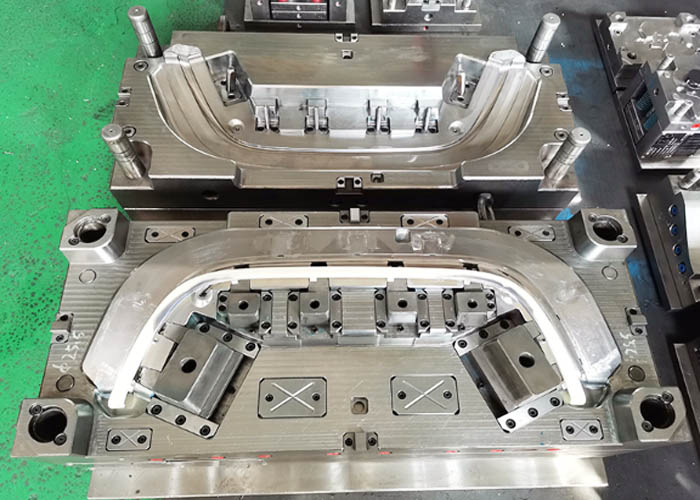Advantages of Daily Necessities Mold Development,daily necessities play an integral role in our daily lives. Whether it is household items, kitchen appliances or personal care products, they are essential in our daily lives. However, have you ever thought about how these everyday items are made? One of the key links is daily necessities mold development. In this article we explore the advantages of mold development for everyday products and the positive impact it can have on product quality, innovation and sustainability
Advantages of Daily Necessities Mold Development
What are the advantages of the development of daily necessities molds? Let’s take a closer look today.
1. Improve production efficiency
Daily necessities mold development can greatly improve the production efficiency of daily necessities. By precisely designing and manufacturing molds, manufacturers are able to mass-produce products of the same specifications and quality. This reduces production costs while shortening production cycles, making products more accessible and competitive.
2. Ensure product consistency
Everyday items often require a high degree of consistency in size and quality to ensure they perform as expected during use. Mold development ensures that each product has the same specifications, providing a consistent user experience. This is an important advantage for consumers.
3. Promote innovation
Mold development goes beyond copying existing products to driving innovation. By improving mold design, manufacturers can develop new product features, improve functionality, or reduce material waste. This helps create smarter, greener everyday products.
4. Save resources and reduce waste
Mold development helps reduce resource waste. Through more efficient production processes, waste and energy waste are reduced, contributing to sustainability goals. This is a win-win situation for manufacturers and the industry as a whole.
5. Short moulding time of daily necessities molds
Due to the absence of cooling time constraints in the runner system, the part can be promptly ejected once it has been shaped and solidified. Numerous thin-walled molds created using hot runner molds can achieve a molding cycle of under 5 seconds.
6. Save the production cost
In the case of a pure hot runner mold, there is no cold runner, thus eliminating production costs. This is especially crucial when dealing with costly plastics.
In fact, leading global warm runner manufacturers have experienced significant growth during times of expensive oil and plastic raw materials worldwide. This technology has played a pivotal role in numerous industries, extending beyond just daily essentials molds.
7. Streamlining Daily Necessities Mold Production Tracking
Once a product is shaped by the hot runner mold, it’s a finished product, eliminating the need for gate trimming and the recycling and processing of cold runners. This is advantageous for production automation. Many international product manufacturers have successfully combined hot runners with automation, resulting in significant enhancements in production efficiency.
Currently, daily necessities molds have found widespread application in the industrial sector, and the market demand is substantial. With the progression of new technologies, the introduction of multi-color co-injection and multi-material co-injection processes, the future of daily necessities mold development holds even more promise.

In future blogs, we will delve deeper into these benefits and how mold development has shaped the everyday items around us, improving their quality and sustainability. Whether it is household items, tableware or personal care products, mold development plays a key role behind the scenes, bringing more convenience and innovation to our lives.
The numerous advantages of daily necessities mold development make it an important driving force in the manufacturing industry. It improves production efficiency, ensures product consistency, encourages innovation and customization, reduces resource waste, improves material utilization, improves product quality, reduces manual intervention, and shortens time to market. These advantages not only benefit manufacturers, but also help drive sustainability and provide consumers with higher quality daily necessities.


